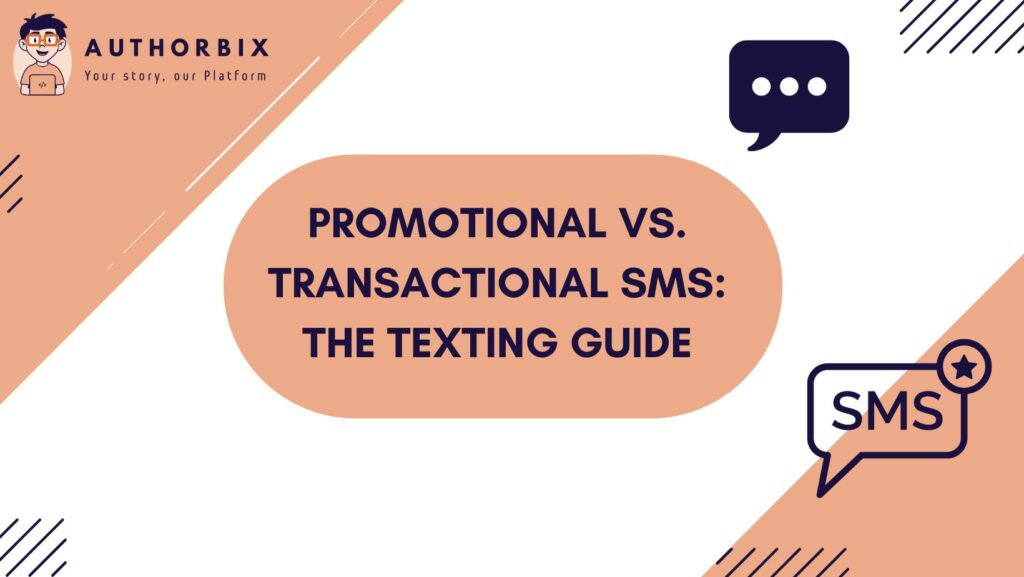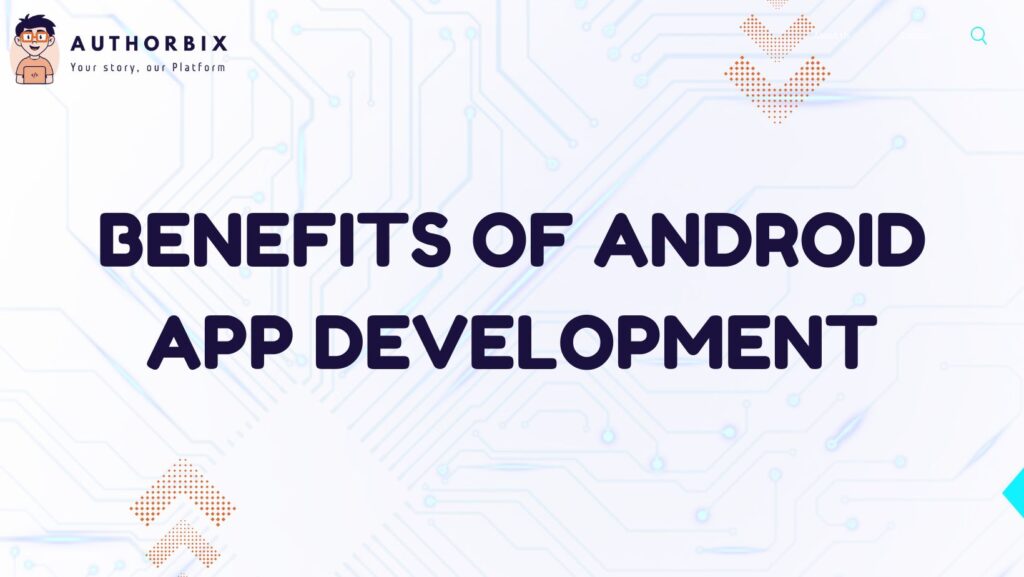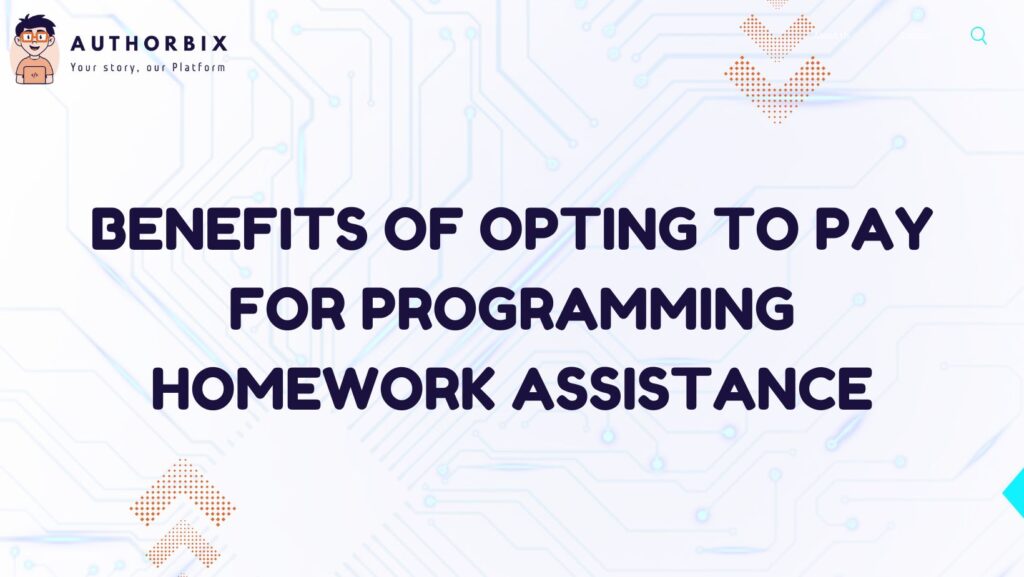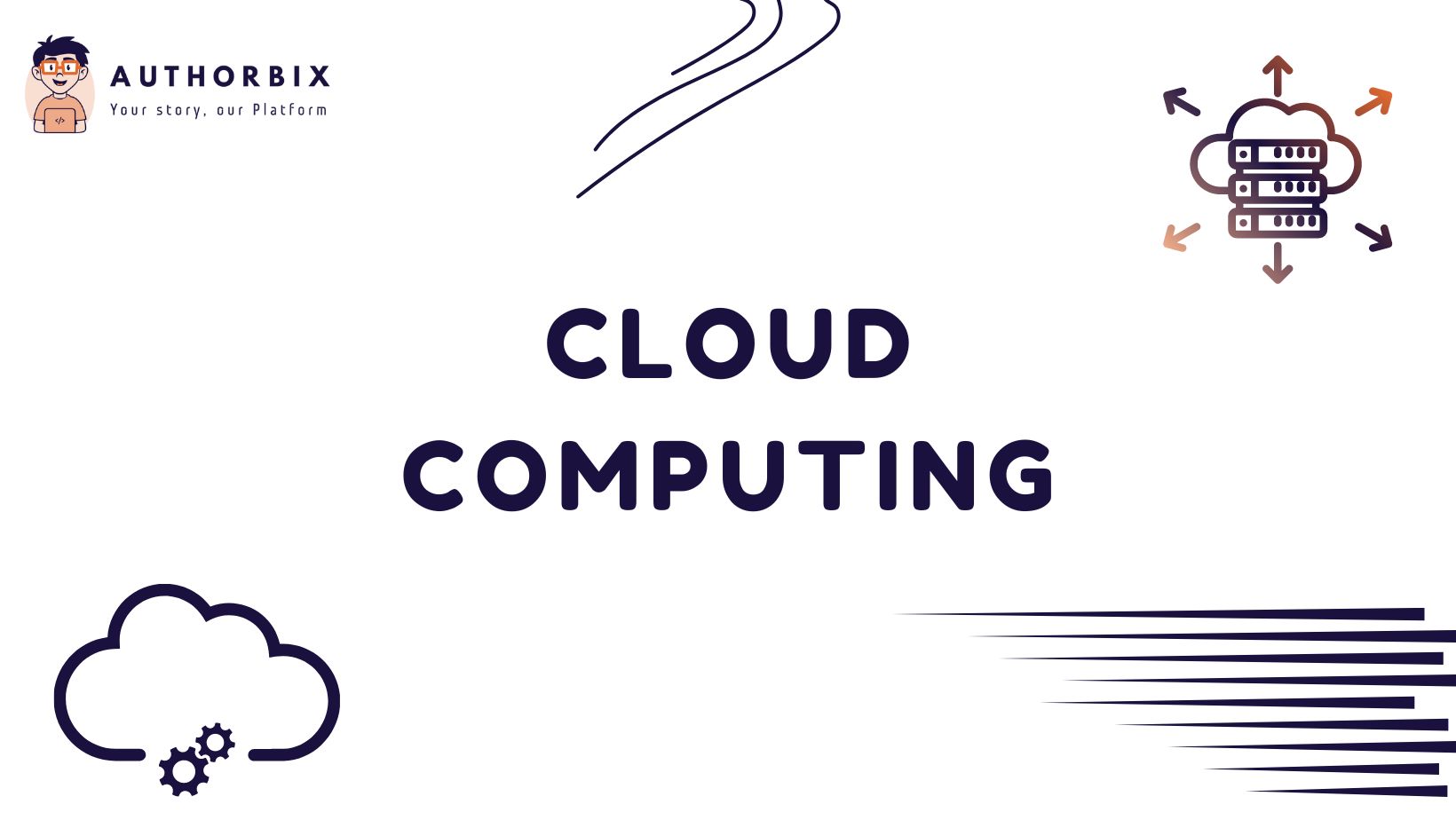
Creating a clone app can be an exciting journey. In recent years, app development has grown rapidly, with many entrepreneurs opting to create clone apps based on successful models.
A well-known example is the “OnlyFans Clone,” which offers similar features to the original platform while allowing users to make money from their content. So, how can you make sure your clone app becomes profitable?
In this article, I will share a simple, step-by-step guide on how to successfully monetize your clone app.
Table of Contents
ToggleStep 1: Identify Your Target Audience
Before we can monetize our clone app, we need to know who will use it. Identifying our target audience helps us tailor our features and marketing strategies. Here are some questions to consider:
- Who are the potential users of our app?
- What problems does our app solve for them?
- What age group or demographic do they belong to?
Once we answer these questions, we can create a user persona. This persona will guide us in making decisions that appeal to our audience.
Step 2: Choose a Monetization Strategy
There are several monetization strategies we can choose from. Each has its own advantages and drawbacks. Here are some popular options:
2.1. Freemium Model
In this model, we offer the app for free with basic features and charge users for premium features. This approach allows users to try our app without any initial investment. Once they see the value, they may choose to upgrade.
2.2. Subscription Model
A subscription model requires users to pay a recurring fee to access the app. This could be monthly or annually. By offering exclusive content or features to subscribers, we can create a steady stream of income.
2.3. In-App Purchases
If our clone app includes features that enhance user experience, we can offer in-app purchases. This can include virtual goods, additional content, or upgraded functionality. Users pay for these extras while using the app.
2.4. Advertisements
Placing ads in our app is another way to generate revenue. We can partner with ad networks and earn money based on impressions or clicks. However, we must be careful not to overwhelm users with ads, as this can lead to frustration.
Step 3: Design an Engaging User Experience
To monetize our clone app effectively, we need to ensure that users enjoy using it. A positive user experience can lead to higher retention rates and more revenue. Here are some tips for designing an engaging experience:
3.1. Simple and Intuitive Interface
The app should have a clean and easy-to-navigate interface. Users should be able to find what they need quickly. If they struggle to use the app, they may abandon it.
3.2. Regular Updates
We need to keep the app fresh by releasing regular updates. This can include new features, bug fixes, or design improvements. Keeping the app updated shows users that we care about their experience.
3.3. Customer Support
Offering excellent customer support helps build trust with our users. If they encounter issues, they should feel confident reaching out for help. Providing timely responses can turn a negative experience into a positive one.
Step 4: Promote Your App
Now that we have a solid app, it’s time to promote it. We need to get the word out to our target audience. Here are some effective ways to promote our clone app:
4.1. Social Media Marketing
Utilizing social media platforms can help us reach a wider audience. We can create engaging posts, share updates, and interact with users. Running targeted ads on platforms like Facebook and Instagram can also drive downloads.
4.2. Content Marketing
Creating valuable content related to our app can attract users. We can start a blog, make videos, or create infographics that showcase our app’s benefits. This approach helps establish us as an authority in our niche.
4.3. Influencer Partnerships
Collaborating with influencers can help us reach potential users. Influencers can share our app with their followers, which can lead to increased downloads. We should look for influencers who align with our app’s target audience.
4.4. App Store Optimization (ASO)
To improve visibility in app stores, we need to optimize our app listing. This includes using relevant keywords in the app title and description, selecting eye-catching images, and encouraging users to leave positive reviews. The more appealing our app appears, the more likely users will download it.
Step 5: Analyze User Data
Once we have users downloading and using our app, we need to analyze their behavior. This helps us make informed decisions to improve our monetization strategy. Here are some key metrics to track:
5.1. User Engagement
We should monitor how often users open our app and how long they stay. High engagement rates indicate that users find value in our app. If engagement drops, we may need to reassess our features or marketing strategies.
5.2. Conversion Rates
Tracking conversion rates is essential for understanding how many users are turning into paying customers. If we notice low conversion rates, we may need to rethink our pricing model or the value we provide.
5.3. User Feedback
Listening to user feedback can offer valuable insights. We should encourage users to leave reviews and ratings. Positive feedback helps us market the app, while negative feedback highlights areas for improvement.
Step 6: Adjust Your Strategy
Based on the data we collect, we need to be willing to adjust our strategy. If something isn’t working, we shouldn’t be afraid to pivot. Here’s how we can adapt:
6.1. Update Pricing Models
If users are hesitant to pay, we might consider changing our pricing structure. Offering discounts or limited-time promotions can attract new users and encourage them to upgrade.
6.2. Add New Features
As we analyze user feedback, we may discover features that users want. By adding these features, we can improve user satisfaction and increase the chances of monetization.
6.3. Refine Marketing Efforts
If our marketing campaigns aren’t driving downloads, we should refine our approach. Testing different messaging or targeting can help us reach our ideal audience more effectively.
Step 7: Build a Community
Creating a community around our app can lead to increased user loyalty and word-of-mouth referrals. Here are some ways to build a community:
7.1. Create Social Media Groups
We can establish groups on platforms like Facebook or Discord where users can connect. This provides a space for them to share experiences, ask questions, and provide feedback. Engaging with users in these groups fosters a sense of belonging.
7.2. Host Events or Webinars
Organizing events or webinars can be a great way to engage with users. We can offer valuable content, answer questions, and showcase new features. These events help users feel more connected to our app.
7.3. Encourage User-Generated Content
By encouraging users to share their experiences with our app, we can leverage user-generated content. This not only promotes our app but also helps build a sense of community. We can create contests or challenges to motivate users to share their stories.
Step 8: Keep Learning and Adapting
The world of app development and monetization is constantly changing. To stay ahead, we need to keep learning and adapting. Here are some ways to stay informed:
8.1. Follow Industry Trends
Staying updated on industry trends allows us to make informed decisions. We can subscribe to newsletters, read blogs, and attend conferences to learn about the latest developments.
8.2. Network with Other Developers
Connecting with other AI chatbot developers can provide valuable insights. They can share their experiences, challenges, and successes. Networking can open doors to potential collaborations and partnerships.
8.3. Experiment with New Features
Don’t be afraid to experiment with new features or monetization strategies. Testing different approaches can lead to valuable discoveries. We should be open to trying new things to see what works best for our audience.
Quick Read: Promotional vs. Transactional SMS: The Texting Guide
Conclusion
Monetizing a clone app requires careful planning, execution, and ongoing adaptation. By identifying our target audience, choosing the right monetization strategy, and focusing on user experience, we can set ourselves up for success. Promoting our app effectively and analyzing user data helps us make informed decisions that drive revenue.
Building a community around our app fosters loyalty and encourages word-of-mouth referrals. As we continue to learn and adapt, we can ensure our clone app remains relevant and profitable. Remember, the journey may have its ups and downs, but with persistence and dedication, we can successfully monetize our clone app and achieve our goals.

5 Powerful Ways Freelance Writers Can Thrive with AI

Embracing Artificial Intelligence in Fashion Evolution 2024

Cloud Computing: Fueling the Digital Revolution in 2024

How to Successfully Monetize Your Clone App: (10+ Steps)

Promotional vs. Transactional SMS: The Texting Guide

Benefits of Android App Development: A Promising Future

Benefits of Opting to Pay for Programming Homework Assistance

5 Powerful Ways Freelance Writers Can Thrive with AI

Embracing Artificial Intelligence in Fashion Evolution 2024

Cloud Computing: Fueling the Digital Revolution in 2024







